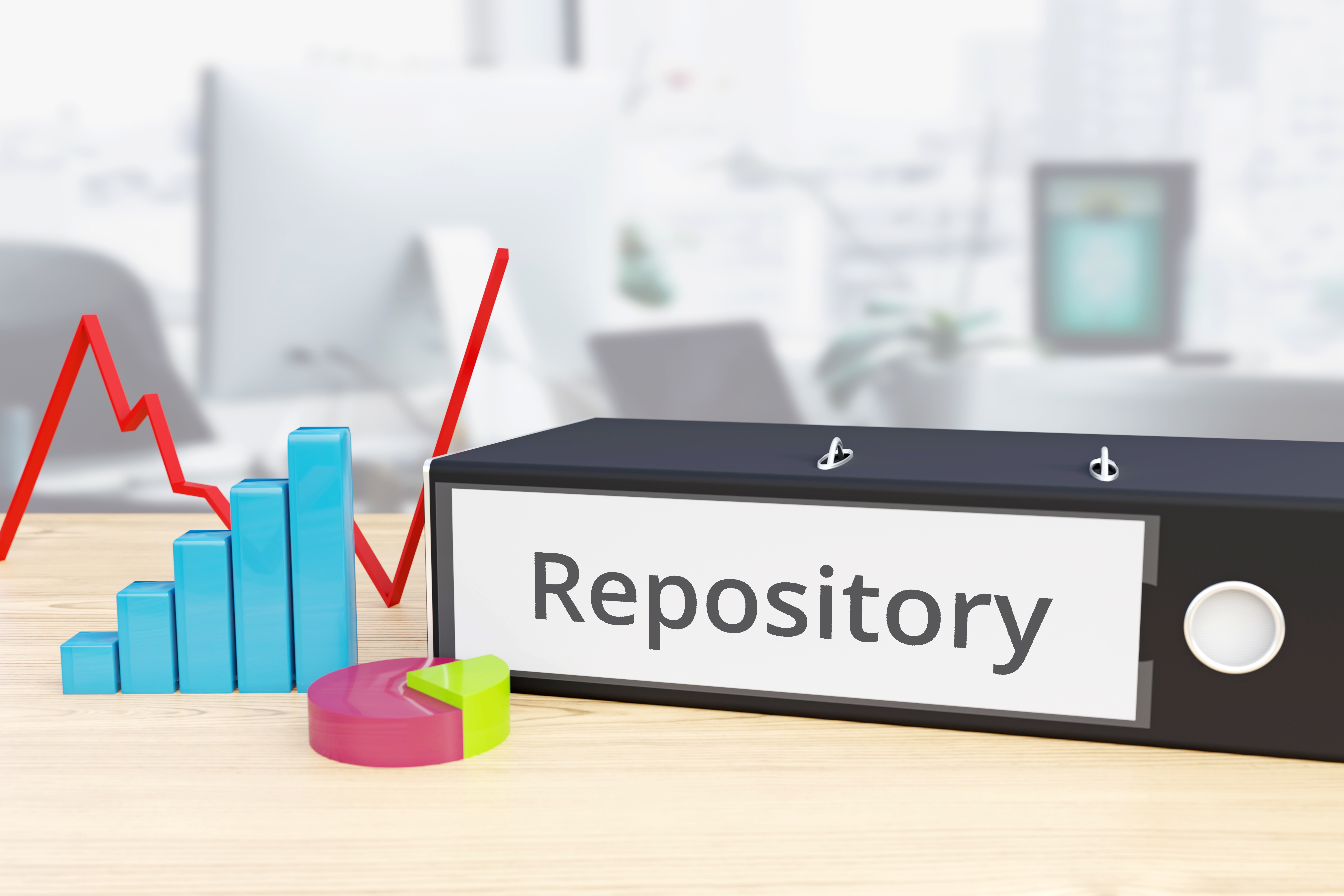The top 10 reasons why HR should utilize metrics
Metrics and the rewards tied to them are the two fastest ways to change behaviour in business. Metrics are superior to rewards because they are cheaper, but it’s also true that you can’t distribute rewards without first calculating metrics. Because metrics compare your behaviour to numerical goals and the performance of others, they quickly get everyone’s attention. They work as motivators because they excite and occasionally embarrass performance driven individuals and departments. Although metrics might seem intimidating at first, once you grow accustomed to them you will not be able to live without them.
One of the major mistakes managers make when implementing any HR program is assuming that "having a program" is sufficient. Nothing could be further from the truth. Merely “having one” doesn't mean that the program is meeting its goals or that the program is performing at its maximum potential.
Here are the top 10 reasons why HR should utilize metrics:
1. Shift to "fact based" decisions -- HR has a long history of making decisions based on past practice, thinking, and feeling. Since CFO’s certainly don't "feel", if you want to increase funding it is important to shift decision-making from "I think" to "I know". The one single factor that differentiates great HR departments from mediocre ones is fact or data based decision-making.
2. To obtain funding --Any decision that must be approved by the CFO will be made primarily based on numbers and dollars. If you expect to convince management to fund or continue to support your people programs, you will need to provide (at the very least) an ROI and a payback period (i.e. the time it takes to pay back the initial investment). In addition, it’s important to realize that the wide use of metrics demonstrates to top management that you are "results oriented". Metrics also force you to shift your language away from terms like "happy, running well, or satisfied" and more towards terms used by CFO's including margins, productivity, and decreased cost of service.
3. Meeting your goals -- Rather than guessing or assuming you're doing good work, metrics help you determine precisely whether you are meeting each of your goals. If you quantify your goals before you start, that also helps you more accurately assess your success.
4. Driving improvement -- In a fast changing world, even historically strong performing programs must continually improve. Metrics are an excellent mechanism for assessing your strengths and weaknesses. Used effectively, they can help you determine where to refine your efforts over time. Metrics also help you to determine how you should redistribute your resources (time and budget) from areas of low return to areas of higher return (ROI).
5. Metrics change behavior -- If you distribute "ranked" results throughout the organization you will find that metrics, on their own, can drive change. Whether it stirs manager’s competitive juices, or just causes a degree of "embarrassment," the fact is that distributed metrics that rank performance from top to bottom will change behaviour almost immediately.
6. Eliminate confusion about what is important -- Metrics send a clear message about “what's important” and what isn't. It gives manager's focus by telling them what to do "more of” and “less of” based on what you measure. If you add rewards to the mix, you can further strengthen the focus and the speed of change.
7. Early warning alerts or “smoke detectors” –“Effectiveness” metrics can provide you and your managers with early warning signs (or alerts) of potential failures or any decline in the performance of your key programs. Providing managers with an adequate "heads up” can minimize damage or in some cases, even prevent simple people management problems from becoming comprehensive ones.
8. Understanding critical success factors – In a fast changing world, running successful programs isn't enough. If you expect to improve them you'll need to understand the critical success factors that make them work. Metrics and analytics can help you understand why things work and what conditions and elements are necessary for success.
9. Build coordination/cooperation -- Most metrics are internal to a project or department. However, if you develop metrics that assess performance across and between departmental lines you can encourage the breaking down of silos. If you add rewards to those cross departmental metrics, you can further transform "dis-similar" HR or business units into an integrated process.
10. Metrics plus technology equal better decision-making – a great deal of people management involves decision-making. These decisions include: What is the best source for hiring? What factors effectively develop leaders? And what factors cause top performers to leave? Because metrics tell you “what is working and why”, metrics can dramatically improve the quality of both manager and HR decision-making.
Used with the permission of Dr. John Sullivan, Professor of Management, San Francisco State University and a thought leader on strategic talent management and human resource practice. For more information, email [email protected] or visit www.drjohnsullivan.com
 CA-EN
CA-EN UK
UK AU
AU US
US NZ
NZ PH
PH ZA
ZA SG
SG HK
HK


